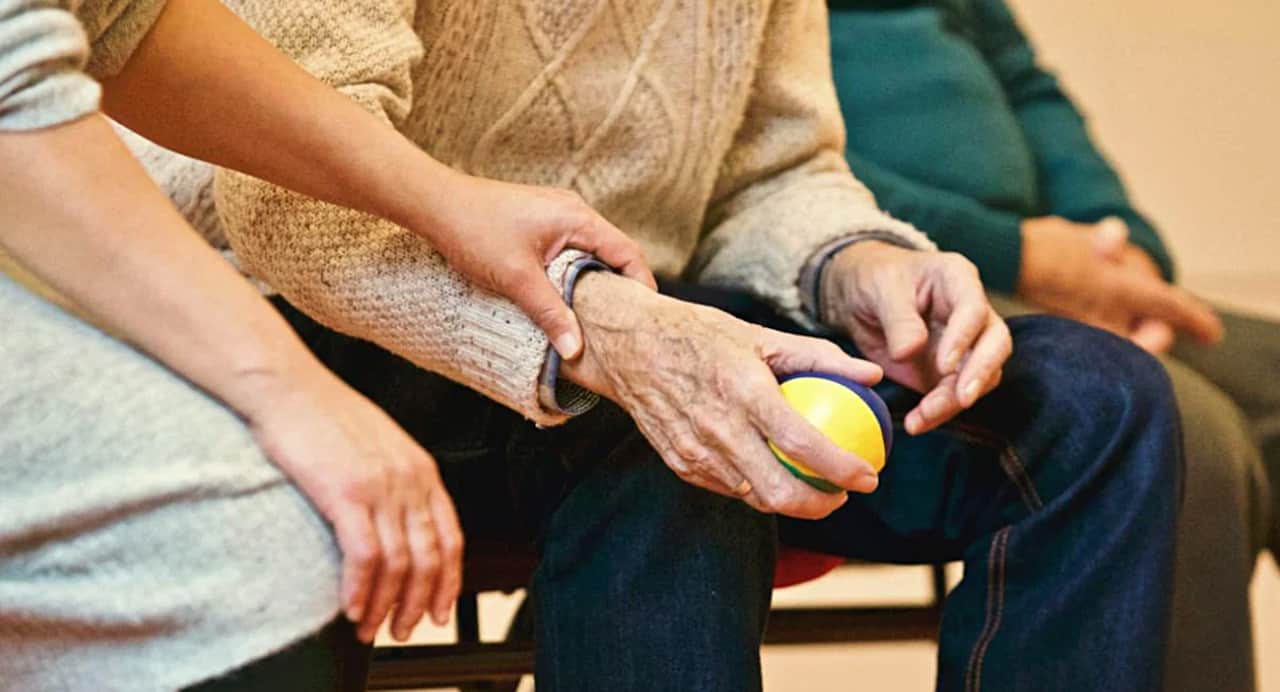Ontario seniors vulnerable to abuse and scams, more so since COVID
Published March 7, 2024 at 4:45 pm

Senior citizens can be a vulnerable group and a rise in scams and other abuse suggests it’s a population more in need of protection, especially following years of COVID disruptions.
Recently, the Canadian government said it would spend $800,000 to combat elder abuse. The RISE program, which operates through the University of Toronto, focuses on the potential vulnerability senior citizens face across the province. The funding initiative was announced last month by the Minister of Labour and Seniors, Seamus O’Regan, and will assist RISE’s efforts to help Canadians spot early signs of potential elder abuse.
However, one lingering cause for concern continues to spread across Ontario, and RISE also hopes to address it: the digital defrauding of senior citizens.
“I think [seniors] were particularly vulnerable during COVID because of isolation, and I think this vulnerability was exploited through both online scams and phone scams. However, these kinds of issues are continuing and increasing in frequency, O’Regan told insauga.com.
As a result of these online shakedowns, authorities in Ontario have launched targeted seminars to help educate senior residents. However, the main concern for O’Regan and his constituents is whether education on these scams can keep up with the developing pace of the technology in which they are applied.
“We’re at this point now where Artificial Intelligence (AI) can be used to fake a caller ID, and the evolution that we are concerned about is whether AI could eventually manufacture the voice of a loved one, say a child or grandchild who claims they need money,” says O’Regan.
These concerns have made digital literacy a pressing issue when engaging with seniors in Ontario, as digital fraud is becoming an increasingly common phenomenon across the province. What’s even more concerning is that according to O’Regan, most seniors who experience cyber-fraud are too ashamed to file any claim and, worst of all, may not even know where to report it.
“I think for more and more of us, it’s not just happening theoretically anymore. Unfortunately, in our own lives, or the lives of loved ones, many of us have seen this happen and it can shatter and destroy the self-esteem of senior citizens,” says O’Regan.
Additional concerns for the well-being of seniors in Ontario surround their quality of life in assisted living programs.
Earlier this year, over $70 million was spent on a 10-person investigations unit purpose-built to monitor potential abuse in long-term care facilities. The observation program itself was designed to ensure that all facilities in Ontario operate under the Fixing Long-Term Care Act, a policy drafted at the height of the COVID-19 pandemic designed to protect the rights of seniors in assisted living.
The investigators will be able to look into allegations of failing to protect a resident from abuse or neglect, repeated and ongoing non-compliance, failing to comply with ministry inspector’s orders, suppressing and/or falsifying mandatory reports and negligence of corporate directors.
According to O’Regan, one in ten Canadian senior citizens suffer some form of abuse, be it physical or financial. This means that each year, 900,000 senior citizens across Canada suffer a cycle of exploitation — a number that will likely grow if incentives like RISE don’t have any staying power.
“We have an aging population in this country, in my home province of Newfoundland alone, a quarter of the population are seniors, while roughly half are 50 and over. So these numbers will rise, we just have to make sure they are minimal,” says O’Regan.
While efforts to provide an aging population with the right tools to recognize abuse is priority number one, according to O’Regan, there is still another major factor that stands out, and that is loneliness in the senior community.
However, an antidote has presented itself in the form of naturally occurring retirement communities, more commonly known as NORCs. These areas often consist of clusters of affordable housing that, over time, build a population of older and senior tenants.
“It is moving to me, the difference that it makes to have neighbours who they have known for a long time, that they have people who are looking out for one another. They’re not just leaning on personal support workers or staff, they can rely on one another and they have each other’s backs,” says O’Regan.
NORCs provide senior Ontarians with not only the security that comes with a community but also the protection that comes with information. As with any close-knit community, when something happens to someone, word inevitably travels fast.
“Even in this day and age, you can’t beat seniors living together, amongst friends, trusting one another and hearing from one another the dangers that are lurking online and around them. It’s one of the best defences,” says O’Regan.
As the new strategies meant to protect elder Ontarians need time to spread and take effect, it seems that in the meantime, according to O’Regan, the best defence for senior citizens in Ontario is senior citizens in Ontario.
– With files from The Canadian Press
INsauga's Editorial Standards and Policies








